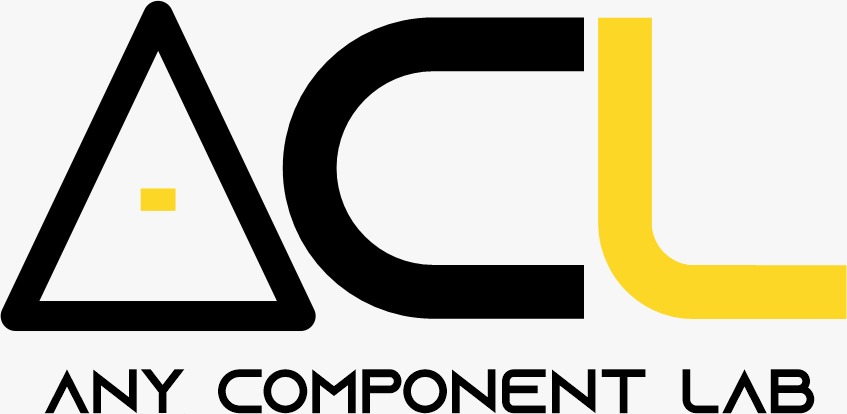The Raspberry Pi is a small, credit-card-sized computer that has revolutionized the world of electronics and computing. Since its launch in 2012, it has captured the hearts and minds of hobbyists, educators, and professionals alike. Its affordability, versatility, and open-source nature have made it an incredibly powerful tool for learning, creating, and exploring the world of technology.
What is a Raspberry Pi?
Essentially, the Raspberry Pi is a mini computer that packs a surprising amount of power into its compact size. It comes with a processor, memory, and a variety of ports that allow you to connect it to various peripherals like monitors, keyboards, mice, and even external storage devices.
The Raspberry Pi has come a long way since its debut in 2012, evolving both in capabilities and its impact on the tech landscape. Here’s a timeline outlining the evolution of the Raspberry Pi, highlighting key features and improvements:
2012: Raspberry Pi Model B
- Launched in February 2012
- Key Features:
- Single-core ARM11 processor
- 256MB of RAM
- Ethernet port
- SD card slot USB ports
- Composite video output
- GPIO pins for connecting to external circuits
Significance: The first Raspberry Pi model, marking the beginning of a revolution in affordable computing.
2013: Raspberry Pi Model B+
- Launched in July 2013
- Key Features:
- Same processor as the Model B
- Increased RAM to 512MB
- Improved power management
- 40-pin GPIO header
- 4 USB ports
Significance: A significant update, improving performance and connectivity, further increasing its versatility.
2014: Raspberry Pi 2 Model B
- Launched in February 2014
- Key Features:
- Quad-core ARM Cortex-A7 processor
- 1GB of RAM
- Improved Wi-Fi and Bluetooth
Significance: A major leap in processing power, making it suitable for more complex tasks and applications.
2016: Raspberry Pi 3 Model B
- Launched in February 2016
- Key Features:
- Quad-core ARM Cortex-A53 processor
- 1GB of RAM (later versions with 2GB and 4GB)
- Built-in Wi-Fi and Bluetooth
- 40-pin GPIO header
- Ethernet port
Significance: A further boost in performance and connectivity, solidified its position as a powerful and versatile mini-computer.
2017: Raspberry Pi Zero
- Launched in November 2015
- Key Features:
- Single-core ARM11 processor
- 512MB of RAM
- Mini-HDMI port
- Micro USB port
- 40-pin GPIO header
Significance: A compact and affordable model, making it accessible for even more projects and users.
2017: Raspberry Pi 3 Model B+
- Launched in March 2017
- Key Features:
- Same processor as the Pi 3 Model B
- Faster Wi-Fi and Bluetooth
- Improved power efficiency
Significance: An incremental upgrade, further refining the capabilities of the Pi 3.
2019: Raspberry Pi 4 Model B
- Launched in June 2019
- Key Features:
- Quad-core ARM Cortex-A72 processor
- 1GB,2GB,4GB, or 8GB of RAM
- Gigabit Ethernet port
- Dual-band Wi-Fi and Bluetooth 5.0
- Two micro-HDMI ports
- 40-pin GPIO header
Significance: A significant performance upgrade, making it suitable for even more demanding tasks and applications.
2020: Raspberry Pi 400
- Launched in December 2020
- Key Features:
- Integrates a Raspberry Pi 4 computer into a compact keyboard
- 1GB,2GB,4GB, OR 8GB of RAM
- Same featured as the Raspberry Pi 4 Model B
Significance: A convenient and portable option for various applications
2021: Raspberry Pi Zero 2 W
- Launched in January 2021
- Key Features:
- Quad-core ARM Cortex-A53 processor
- 512MB of RAM
- Built-in Wi-Fi and Bluetooth
- 40-pin GPIO header
Significance: A powerful update to the original Zero, providing a significant performance boost.
2022: Raspberry Pi Zero WH
- Launched in October 2022
- Key Features:
- Same processor and features as the Zero 2 W
- Includes and additional 40-pin GPIO header
Significance: Further expands the capabilities of the Zero series, making it suitable for more complex projects.
- The evolution of the Raspberry Pi reflects its commitment to offering affordable, versatile, and powerful computing solutions for a wide range of users and applications. It continues to be a significant force in driving innovation and creativity in the tech world.
Why is it so popular?
The Raspberry Pi’s popularity stems from several key factors:
Affordability: Compared to traditional computers, the Raspberry Pi is significantly cheaper, making it accessible to a wider audience.
Versatility: It can be used for a wide range of applications, from basic computing tasks to more complex projects like robotics, home automation, and even building your own game console.
Open Source: Its open-source nature allows users to modify and adapt the software and hardware, leading to constant innovation and development.
Educational Tool: The Raspberry Pi has become a cornerstone of STEM education, providing a fun and engaging way to learn about programming, electronics, and computer science.
There are many different types of Raspberry Pi products. Each model has its own strength and weaknesses, making them suitable for different applications. Here’s a breakdown of some of the most popular models:
Current Models:
- Raspberry Pi 4:
- The latest and most powerful model, offering significant performance improvements over previous generations. It features a quad-core processor, 1GB, 2GB, 4GB, or 8GB of RAM, and faster network connectivity.
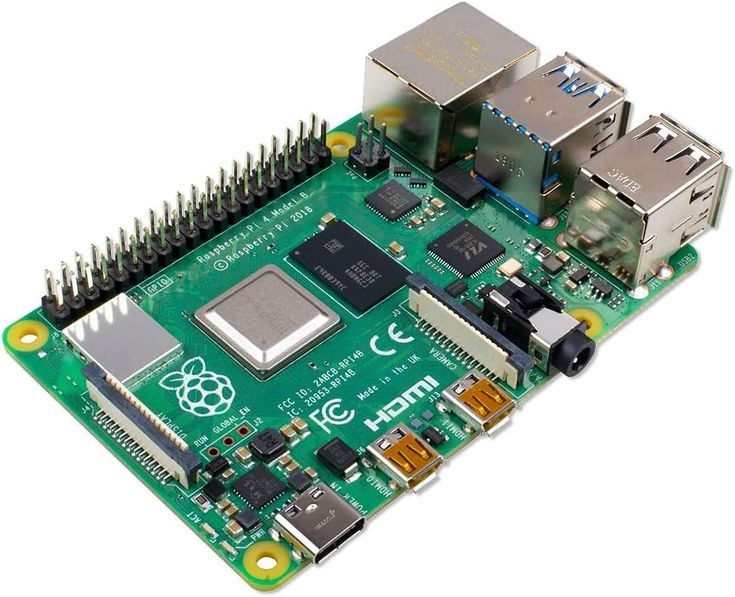
- Raspberry Pi 400:
- This model integrates a Raspberry Pi 4 computer into a compact keyboard, making it a convenient and portable option for various applications.
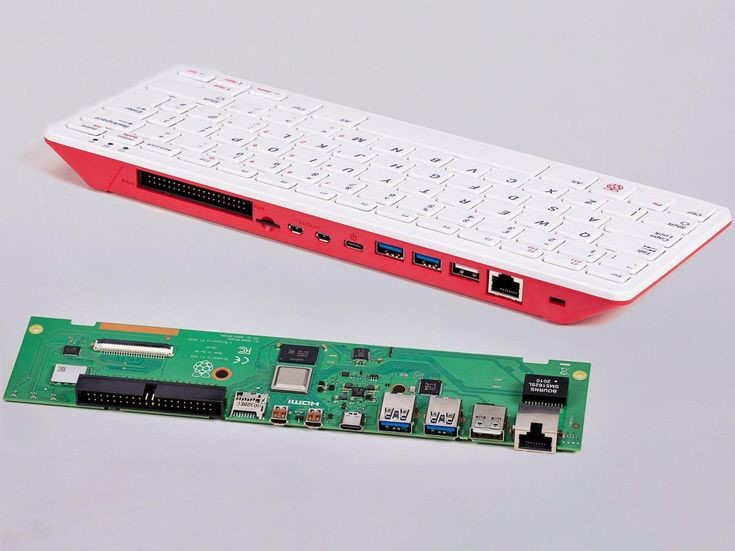
- Raspberry Pi Zero 2 W:
- This is a compact and affordable model with a more powerful processor than the original Zero. It features a quad-core processor, 512MB of RAM, and built-in Wi-Fi and Bluetooth.
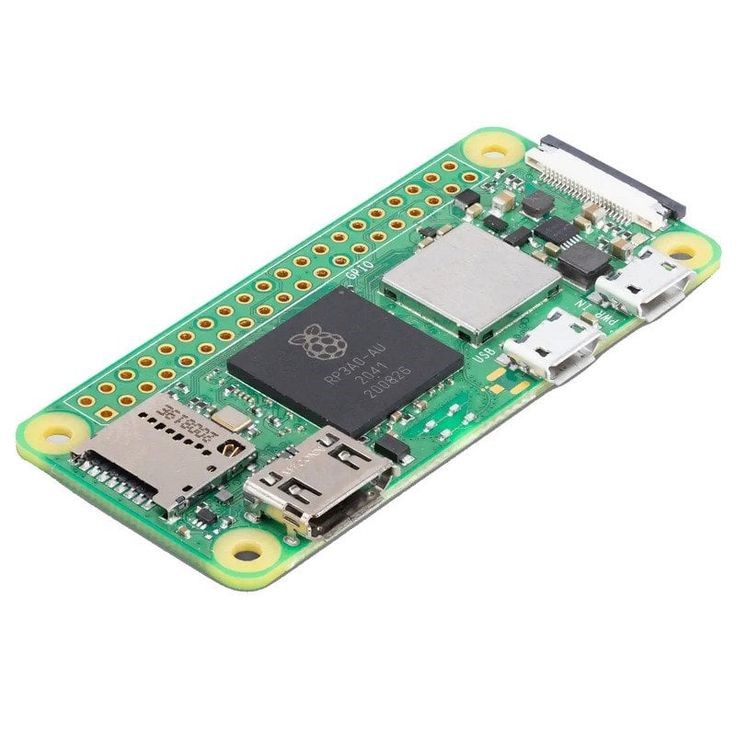
- Raspberry Pi Zero WH: Similar to the Zero 2 W, but with an additional 40-pin GPIO header for more advanced projects.

Raspberry Pi 2 Model B: A previous generation model, featuring a quad-core processor and 1GB of RAM.
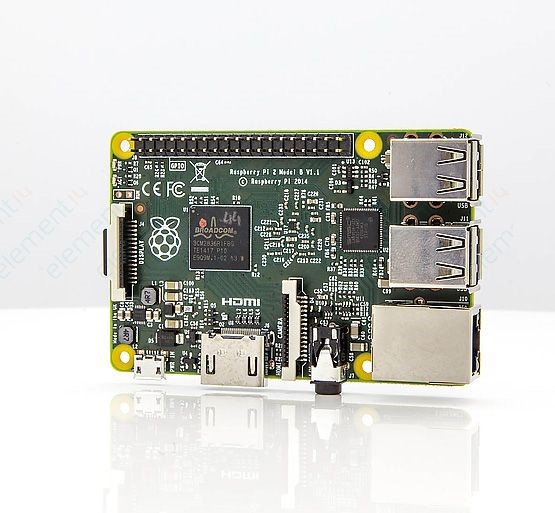
Raspberry-Pi Model B: An earlier model with a single-core processor and 512MB of RAM.
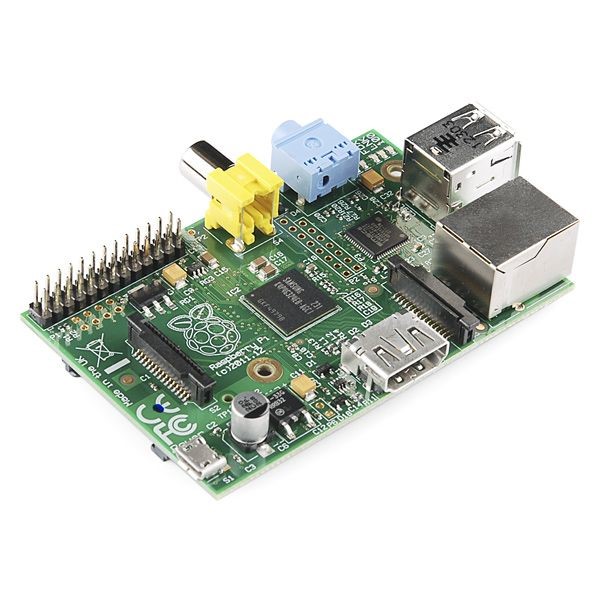
Raspberry-Pi Model A+: A smaller and less powerful model, featuring a single-core processor model and 256MB of RAM.
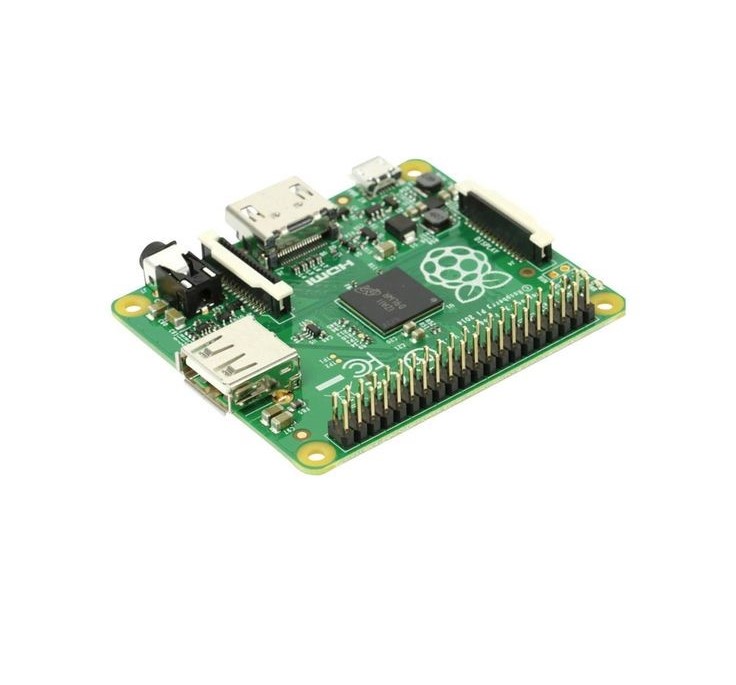
Raspberry Pi Zero: A very small and affordable model, featuring a single-core processor and 512MB of RAM.
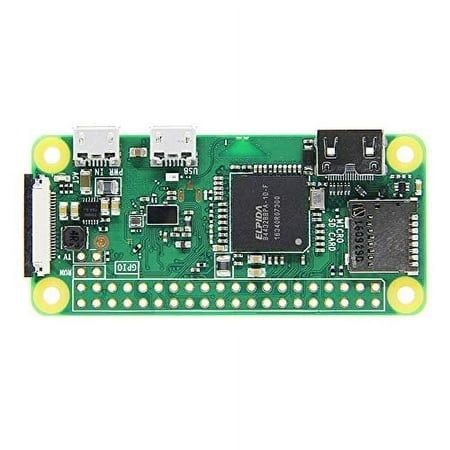
What can you do with a Raspberry Pi?
The possibilities with a Raspberry Pi are practically endless. Here are just a few examples:
- Build a Media Center: Turn your TV into a streaming hub with access t all your favorite movies, TV shows, and music.
- Create a Home Automation System: Control your light, appliances, and other smart devices remotely.
- Build a Robot: Explore robotics and artificial intelligence by creating your own robot controlled by the Raspberry Pi.
- Learn Programming: The Raspberry Pi is an excellent platform for learning popular programming languages like Python.
- Develop Web Applications: Host your own website or web applications on a Raspberry Pi server.
- Set up a Network Security System: Monitor your network traffic and protect your devices from potential threats.
- Experiment with Machine Learning: Dive into the world of machine learning and artificial intelligence with the Raspberry Pi.
- Create a Retro Gaming Console: Relieve your childhood by building a retro gaming console that can run classic video games.
Getting Started with Raspberry Pi:
Starting with a Raspberry Pi is easier than you might think. You’ll need the following to get started:
- Raspberry Pi: Choose the model that best suits your needs and budget.
- Micro SD Card: This will serve as your main storage device.
- Power Supply: A standard 5V power adapter.
- Monitor and Keyboard: To interact with the Raspberry Pi.
- HDMI Cable: To connect your Raspberry Pi to the monitor.
- Ethernet Cable or Wi-Fi: To connect to the internet.
Once you have all the necessary components, follow these steps:
- Download the Raspberry Pi operating system (OS): The most common OS for Raspberry Pi is Raspbian, a Debian-based distribution specifically designed for the Raspberry Pi.
- Flash the OS to the SD card: Use a dedicated software tool like Etcher to copy the OS image to the SD card.
- Connect the Raspberry Pi to your monitor, keyboard, and power supply.
- Boot up the Raspberry Pi: The first time you boot it up, you’ll be guided through the initial setup process.
The Raspberry Pi’s impact goes beyond its technical capabilities. It democratizes technology, encourages innovation, and provides educational opportunities for a wide range of people. Its uses continue to evolve as developers and users find new and creative ways to leverage it power and flexibilty.
Don’t miss out on building your own Robot which you can program to do simple tasks of your choice by shopping the latest Raspberry Pi Model and other various components:
